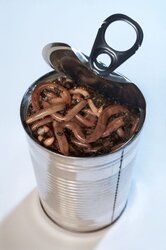Had the oil co. send over a person to set up the oil burner on my Wood Gun. Here are the specs he left for me after he was done. Anything seem out of line here?
stack temp 224 (ambient temp was 67)
O2 9.9%
CO2 8.2%
CO 256 ppm
CO(0% O2) 487 ppm
Efficiency 88.5%
Ex. Air 83.33%
I'm not sure if the ppm is the desirable range and I have no idea what the Ex. Air% means? Pleased to see the efficiency over 80% even though I hope to rarely use the oil burner.
stack temp 224 (ambient temp was 67)
O2 9.9%
CO2 8.2%
CO 256 ppm
CO(0% O2) 487 ppm
Efficiency 88.5%
Ex. Air 83.33%
I'm not sure if the ppm is the desirable range and I have no idea what the Ex. Air% means? Pleased to see the efficiency over 80% even though I hope to rarely use the oil burner.



